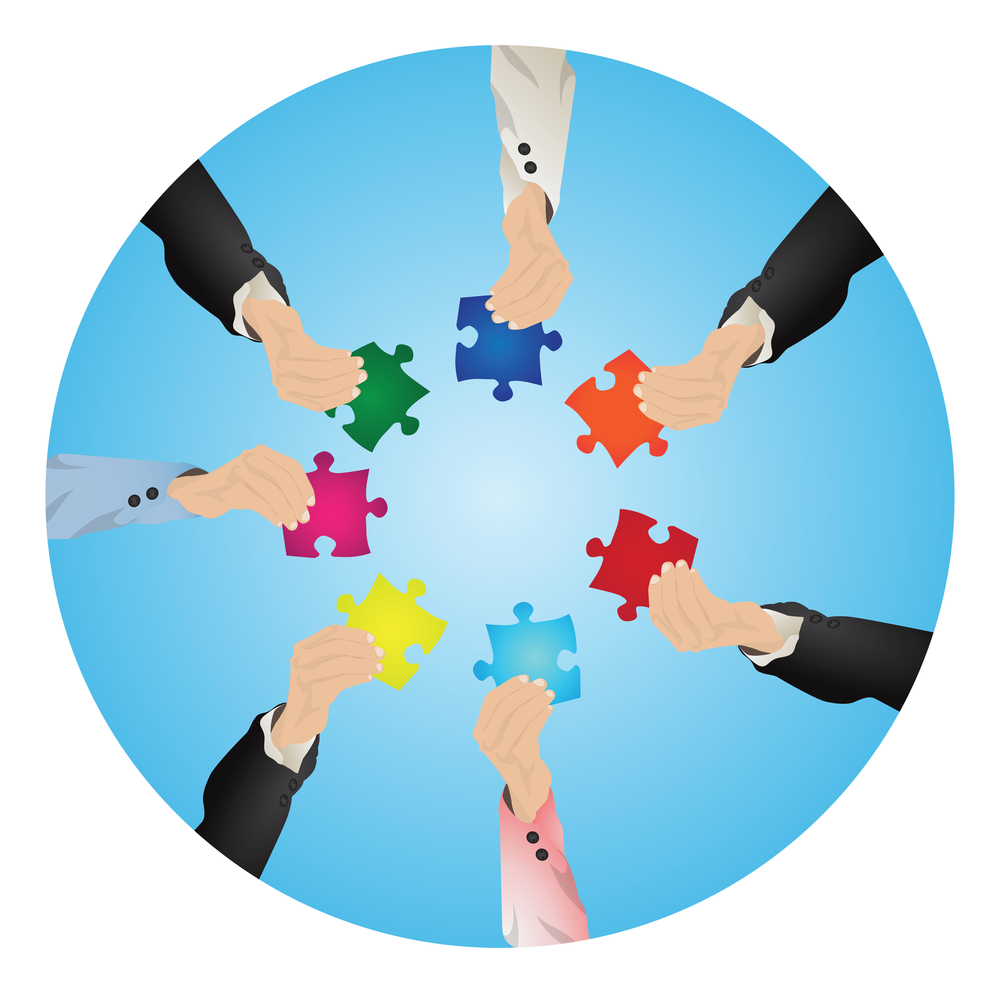
The journey towards inclusivity in the workplace has seen considerable progress, but individuals with disabilities still encounter both opportunities and challenges. In this blog, we’ll delve into the employment landscape for people with disabilities.

Opportunity
Many forward-thinking companies in the actively promote diversity and inclusion. These initiatives not only foster a more welcoming environment but also recognise the unique perspectives and talents that individuals with disabilities bring to the workplace.
Employers are increasingly embracing accessible hiring practices. From providing accessible application processes to offering reasonable accommodations during interviews, companies are taking steps to create an inclusive recruitment experience for candidates with disabilities.
Advancements in technology have paved the way for more flexible work arrangements. Remote work options and the use of assistive technologies make it easier for individuals with disabilities to participate in the workforce, breaking down geographical and physical barriers.
Government initiatives such as the JobAccess programme provide financial support to employers and employees to cover the costs of accommodations and support services, making it more feasible for individuals with disabilities to thrive in the workplace

Challenge
Despite progress, societal stigma and stereotypes surrounding disabilities persist. Misconceptions about the capabilities of individuals with disabilities can hinder their chances of securing employment and contribute to a lack of diversity in certain industries.
Physical and digital accessibility barriers can limit access to job opportunities. While legislation promotes accessibility, challenges still exist, particularly in older buildings and online platforms that may not be fully inclusive.
There’s a noticeable underrepresentation of individuals with disabilities in leadership roles. Breaking the glass ceiling remains a challenge, with more efforts needed to ensure diverse representation at all levels of an organisation.
Unconscious bias in hiring decisions can affect individuals with disabilities. Employers may unintentionally favour candidates without disabilities due to ingrained stereotypes, leading to missed opportunities for talented individuals who could contribute significantly to the workplace.
In some workplaces, there is a lack of awareness and training on disability issues. This can result in an environment that is not fully supportive or understanding of the needs of individuals with disabilities, creating additional challenges for employees

Going Forward
Promoting awareness and understanding through educational initiatives can help dispel myths and reduce stigma. Training programmes that focus on disability awareness and inclusion foster a more supportive workplace culture.
Advocacy for inclusive workplace policies is crucial. Encouraging companies to adopt and enforce inclusive practices, from accessible buildings to flexible work arrangements, contributes to a more accommodating work environment.
Mentorship programmes and the visibility of successful professionals with disabilities serve as inspiration for others. Having role models can encourage individuals to pursue their career goals and showcase the diverse talents within the disabled community.
Collaboration between employers and disability support networks is key. By working together, both parties can ensure that workplaces are inclusive, accommodating, and provide the necessary support for individuals with disabilities to thrive.
Companies should engage in continuous reviews of their policies to identify and address any unintentional barriers. This includes assessing the accessibility of digital platforms, conducting regular diversity and inclusion training, and actively seeking feedback from employees with disabilities.

Conclusion
While progress has been made in creating more employment opportunities for individuals with disabilities in Australia, challenges persist. Addressing accessibility barriers and advocating for supportive policies can fulfil the career aspirations of people with disability. That is by ensuring physical accessibility and digital accessibility standards the employers have access to a larger potential staff market and people with disability can become part of the community. Embracing diversity is not just a legal obligation; it is an essential step towards building a richer, more innovative, and truly inclusive workforce.
